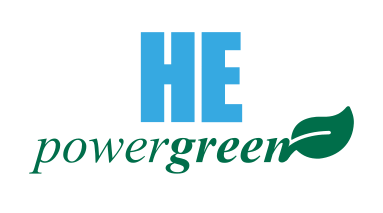TITOLO RIVISTA:
76°Congresso ATI – Volume 312, 2021
TITOLO ARTICOLO:
Some design guidelines to adapt a Darrieus vertical axis turbine for use in hydrokinetic applications (Alcune linee guida di progettazione per adattare una turbina ad asse verticale Darrieus per l’uso in applicazioni idrocinetiche)
AUTORI:
- Francesco Balduzzi, Pier Francesco Melani, Alessandro Bianchini – Università degli Studi di Firenze
- Giuseppe Soraperra, Alessandra Brighenti – HE-PowerGreen s.r.l.
- Lorenzo Battisti – Università di Trento
ESTRATTO:
The use of vertical-axis turbines is raising interest in the field of hydropower production from rivers or water channels, where suitable mass flows are available, without the need of high water jumps or large construction sites. Although many optimization studies on vertical-axis turbines have been carried out for wind applications, lesser examples exist in the technical literature regarding hydrokinetic turbines. In the latter case, the best trade-off between power output and low structural stress is more dependent on the fluid dynamic loadings rather than the inertial loadings, due to the higher fluid density and lower rotation speed. The present work shows the results of an industrial study case application, in which the design of a traditional three-blade Darrieus rotor has been adapted for operating in water flows via hydrokinetic technology. Some specific design rules will be discussed, showing the different concepts adopted for the machine layout in order to achieve the best efficiency and performance. Multiple geometrical parameters of the rotor configuration were involved during the analysis: the number of rotor blades, i.e. two or three blades, the rotor’s shape, i.e. traditional H-shape or unconventional L-shape, and the use of power augmentation systems. The analysis of the numerical results was focused on the following output targets: maximum power coefficient, optimal tip speed ratio (TSR), rotor thrust, blade normal force and the upstream and downstream flow field influence. The outcome of the study shows how the best configuration differs from the common solutions for wind application. Moreover, a high power enhancement can be achieved while guaranteeing a good compromise in terms of structural loads.
Pubblicazione on-line: 22 Ottobre 2021
Link: https://www.sciencedirect.com/science/article/abs/pii/S0960148120304833
